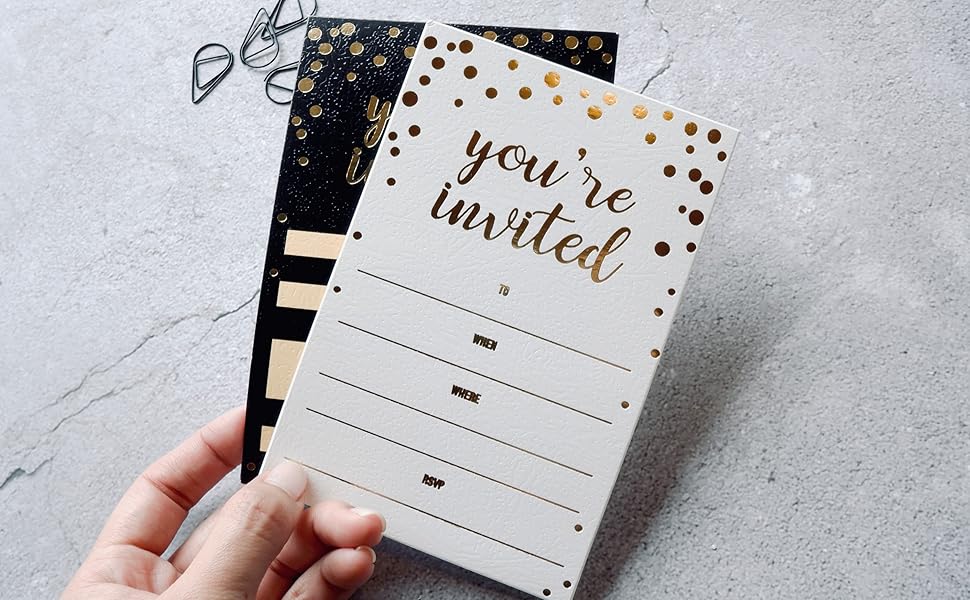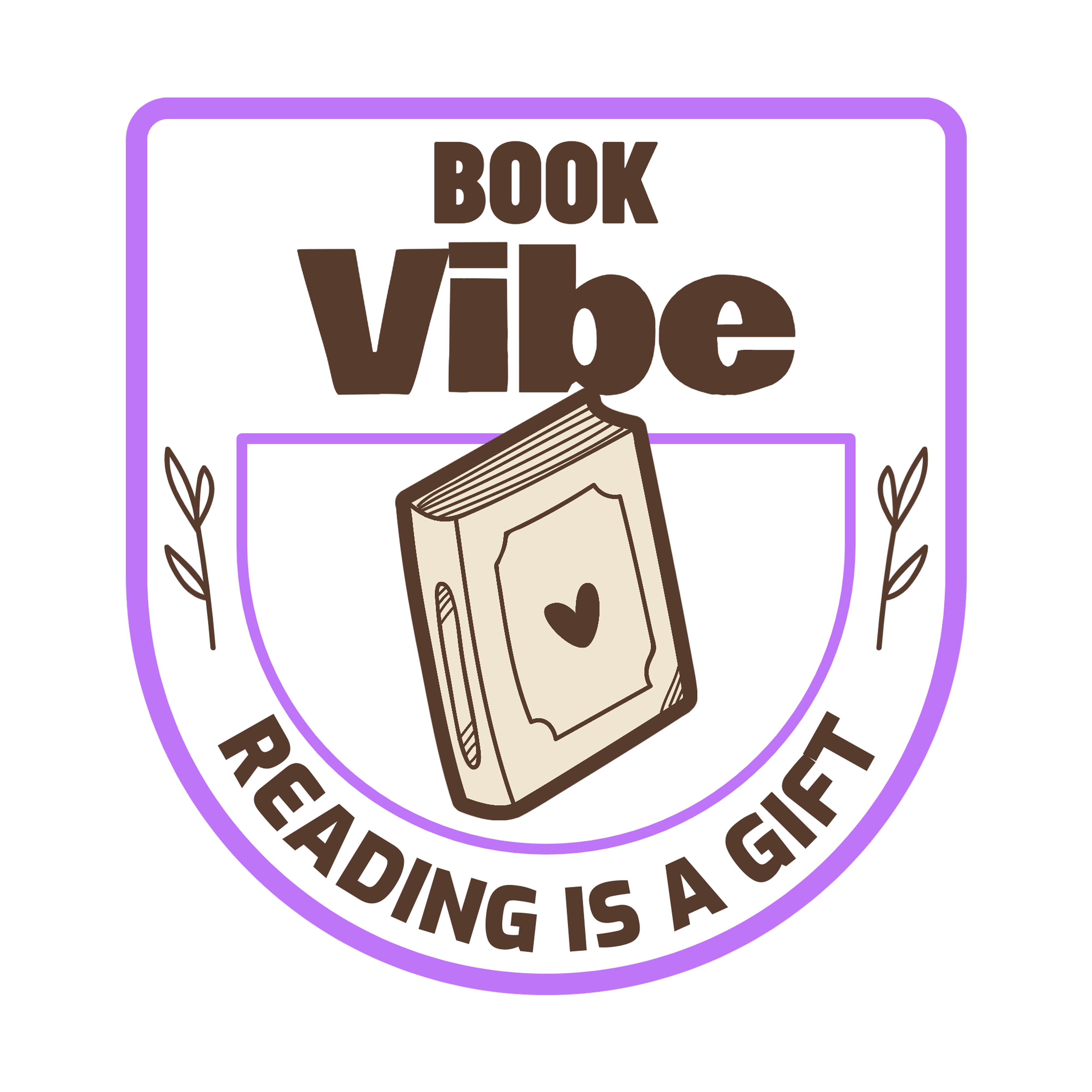
Planning an event, whether it’s a birthday, wedding, or corporate gathering, can be as exciting as it is overwhelming. From selecting the perfect venue to coordinating guest lists, every detail matters. Yet, one often overlooked element can set the tone for your event before it even begins: the invitation. A well designed invitation not only communicates essential information but also gives guests a sense of the occasion’s style and mood. In today’s digital age, balancing aesthetics and practicality can be a challenge, but modern tools have made it easier than ever to create invitations that impress.
Why Quality Invitations Matter
Invitations are more than just paper with dates and addresses; they’re a preview of the experience to come. Imagine receiving a beautifully crafted invitation for a wedding. The colors, fonts, and layout evoke anticipation and excitement, making you genuinely look forward to the event. Conversely, a generic or poorly designed invitation can dampen enthusiasm, even subconsciously. For event planners, understanding this subtle psychological impact can make a significant difference in guest engagement.
Luckily, there are accessible tools that help you bridge creativity and convenience. Platforms like print invitations allow users to design stunning, professional-quality invitations without needing extensive graphic design skills. You can experiment with layouts, color palettes, and typography, ensuring your invitations align perfectly with your event’s theme. Beyond aesthetics, these platforms often offer practical features such as templates for RSVPs, easy printing options, and downloadable formats that save time and effort.
Practical Tips for Designing Invitations
When designing your invitations, start with clarity. Ensure that all the essential details, date, time, location, and RSVP instructions, are easily readable. A beautifully designed invitation is ineffective if the information is confusing or hard to locate. Consider using hierarchy in your text: bold headlines for the event title, medium-sized fonts for date and location, and smaller text for secondary details.
Next, think about your theme. If you’re hosting a rustic outdoor wedding, earthy tones, floral illustrations, and textured backgrounds create an authentic feel. For corporate events, minimalist designs with clean lines and professional typography communicate sophistication. Don’t be afraid to add personal touches. Handwritten fonts, custom illustrations, or a short message from the host can make your invitations memorable.

Also, remember to balance aesthetics with practicality. Paper quality, size, and format all contribute to the overall impression. High-quality cardstock or eco-friendly materials can enhance the tactile experience, leaving a lasting impression on guests. Additionally, consider digital-friendly options, some platforms allow you to create a printed version and a digital version simultaneously, making it easier to reach every guest efficiently.
Learning From Real-World Examples
Take, for instance, a friend planning a milestone birthday. They chose a modern geometric theme with bold, vibrant colors. By paying attention to details like paper finish and typography, the invitation itself became a conversation starter, generating excitement long before the party began. Another example comes from corporate settings, where a tech company designed a minimalist, monochromatic invite that doubled as a keepsake for attendees, reinforcing the brand image while providing essential information. These examples highlight the importance of thoughtful design and strategic planning.
Making Your Invitations Stand Out
To make your invitations truly shine, incorporate interactive or personalized elements. QR codes linking to event details or a custom website can modernize your invitations while providing convenience. Personalized messages or names can also elevate guest experience. Remember, the goal is to create a sense of anticipation and connection, not just convey logistics.
Additionally, timing and distribution play a role. Sending invitations too early or too late can affect attendance. Ideally, send invitations at least 3–6 weeks in advance for casual events and 6–12 weeks for weddings or corporate gatherings. This gives guests ample time to RSVP and plan accordingly, showing that you value their presence.
Conclusion
Creating invitations is both an art and a science. It requires attention to detail, an understanding of your audience, and a creative touch that reflects your event’s personality. By investing time and thought into your invitations, you not only ensure that guests are informed but also set the stage for a memorable and engaging experience. Thoughtful invitations speak volumes about your event, making the first impression one that resonates long before the day arrives.
